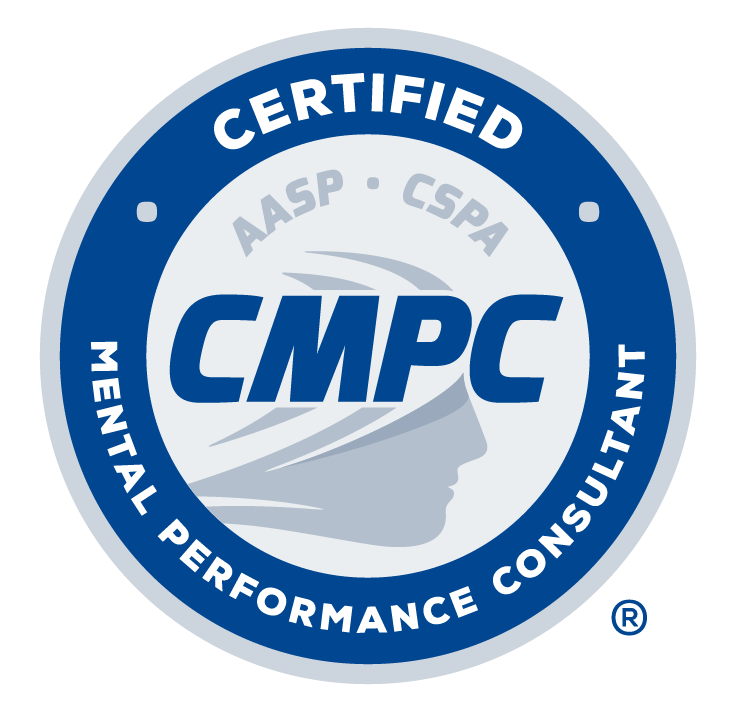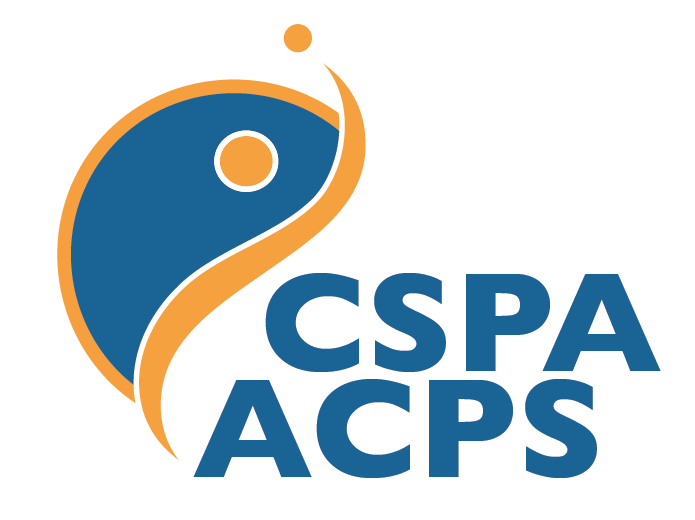Ethics and Cultural Competence
Jack Watson, Ed Etzel, & MJ Loughran
AASP Ethics Committee
Glancing around the conference room during Dr. Olivia Moorehead-Slaughter’s recent AASP keynote presentation in 2006, it became clear how much most of the audience looked alike! It was remarkable to see how little ethnic/racial diversity was assembled in a speech, ironically delivered by an African-American woman. Clearly, not all conference attendees were present, but a large percentage appeared to be there. Among many timely ethical topics she addressed, Dr. Moorehead-Slaughter, chair of APA’s Ethics Committee, discussed the need for cultural competence and practice in our field. Cultural competence closely links to the appreciation and application of diversity in our work. Diversity implies much more than race and ethnicity -- many faces of diversity are “invisible,” in fact, diversity may entail gender, socioeconomic status, sexual orientation, and religious affiliation.
Conferences often stir up old and new thinking, which hopefully impacts our work. Post-conference, it is useful to appreciate that more and more of our clients are coming from a wider range of racial, ethnic and cultural backgrounds – many different from the apparently WASP majority in the keynote presentation’s crowd and the diverse cultures that make up a city like Miami. With this in mind, it is important that AASP members consider our understanding of diversity in our professional roles and how this affects our work with the assorted athletes and non-athletes with whom we consult, teach, and conduct research. Ethics codes are helpful places to start.
A quick look at both the AASP and APA ethical guidelines reveal several areas linked to developing and maintaining cultural competence. Within the AASP Ethical Guidelines, Principle D (Respect for People’s Rights and Dignity) states that “…AASP members are aware of cultural, individual, and role differences, including those due to age, gender, race, ethnicity, national origin, religion, sexual orientation, disability, language, and socioeconomic status. AASP members try to eliminate the effect on their work of biases based on those factors, and they do not knowingly participate in or condone unfair discriminatory practices.” This statement is consistent with recently revised APA Ethical Principle E, which adds that practitioners should not only be aware of, but also consistently respectful of, such perceived and real differences.
Sections of the ethical code standards of these two allied organizations go further. They suggest that when dealing with diversity related matters, practitioners, teachers and researchers should be acutely aware of their training and experience necessary to be effective in these situations. For example AASP Ethical Standard 3(a) states that members need to “recognize that differences of age, gender, race, ethnicity, national origin, religion, sexual orientation, disability, language, or socioeconomic status can significantly affect their work. AASP members working with specific populations have the responsibility to develop the necessary skills to be competent with these populations, or they make appropriate referrals.” This standard is quite similar to APA’s Ethical Standard 2.01, which informs us that competence in these situations can be gained through education and training, experience, consultation and/or supervision. Lastly, the ethical standards for both organizations include guidance discouraging discrimination against students and others based upon issues of background.
Becoming culturally competent is a process that takes effort over time: often it is not so easy. It is fair to say that it is impossible to be aware of all of the possible differences between individuals based upon their age, gender, race, ethnicity, and cultural upbringing. In fact, it has been suggested that there may actually be more variability within common groups of people (e.g., college students, student-athletes) than between groups of different individuals. Therefore, cultural competence starts with the willingness to try and be as familiar as possible with what is known about people from backgrounds different form ours. Once one has a basic understanding of these general differences, this knowledge can be used to ask appropriate, respectful questions to facilitate a better understanding of the individual client and the issues about which she/he may seek your help. This approach can also help professionals appreciate the factors that may be affecting their views of the challenges they face, decisions to be made and intervention success. In essence, as one would for any client, culturally competent ethical practice involves collecting and then applying information about client differences to help develop an effective consulting relationship and to implement interventions that will likely be useful to the person(s) with whom you are working.
There are additional suggestions for becoming and/or maintaining cultural competence. In their article on multicultural competence, Sue et al. (1992) encourage us to regularly: 1) consider our often changing assumptions about others, our values and personal biases; 2) be curious about the “worldview” of culturally diverse clients; and 3) to acquire and refine interventions. The reader may also want to keep in mind some closing “Do’s and Don’ts” related to culturally appropriate interventions. Do regularly examine your communication and helping styles; think broadly and holistically about client concerns; expand your definition of helping and consultation; expose yourself to other cultures; seek regular training and supervision, and be willing to ask respectful questions of others. In contrast, don’t rely on your clients to educate you about their culture/identity; make assumptions about a person based on cultural/identity status; and avoid relying on “same-old, same-old” interventions. If you are not comfortable or do not feel competent working with clients different form you, consult with another competent colleague or make a referral to a competent peer.




